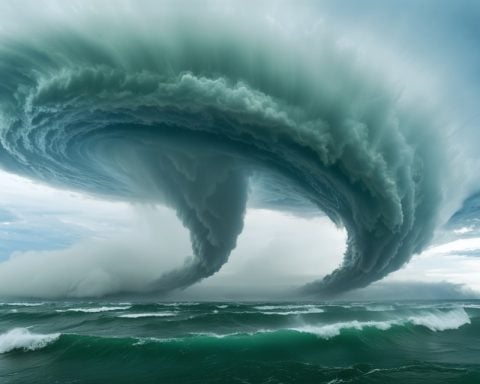Nature photography is not just an art form; it is a passionate pursuit that captures the awe-inspiring elements of the environment. Photographers immerse themselves in diverse landscapes—from serene lakes to rugged mountain ranges—seeking to immortalize the unfiltered beauty of the outdoors. Through their lenses, they convey the subtleties of light, color, and emotion that resonate within the viewer.
Engaging with nature photography often goes beyond surface-level appreciation. A single image can evoke feelings of peace, excitement, or respect for the raw power found in nature. For instance, a stunning photograph of a rising sun over a tranquil forest allows observers to feel the warmth of dawn and hear the calm rustle of leaves.
Additionally, the close-up shots of nature’s details—such as the intricate patterns of a butterfly’s wings or the vibrant hue of a blooming flower—demonstrate the delicate interconnectedness of life, inviting a profound admiration for our planet’s diversity.
However, the increasing impact of climate change poses a significant challenge for this artistic realm. Photographers are increasingly motivated to use their work not only to showcase beauty but also to advocate for environmental protection. As they document disappearing habitats, their images act as powerful reminders of what we stand to lose.
The realm of nature photography continues to flourish, encouraging both seasoned and aspiring photographers to hone their skills. By embracing advancements in technology and innovative techniques, they are perpetually redefining their craft, ensuring that the incredible beauty of our world resonates for generations to come.
Mastering Nature Photography: Tips, Life Hacks, and Interesting Facts
Nature photography is a gateway to capturing the essence of our environment, but it takes skill, preparation, and a bit of creativity to truly excel. Whether you’re an aspiring photographer or someone looking to enhance your existing skills, here are some valuable tips, life hacks, and fascinating facts to help you on your journey.
1. Understand the Golden Hour: The best light for nature photography is often found during the golden hour—shortly after sunrise and before sunset. This time of day provides soft, warm light that enhances colors and textures. To plan your shoots, use apps like “PhotoPills” that help you predict the sun’s position.
2. Invest in a Good Tripod: A sturdy tripod can significantly improve your nature photography. It allows for longer exposure times and helps stabilize your camera in windy conditions, ensuring sharp images, especially in low-light situations.
3. Embrace the Elements: Weather can add drama to your photographs. Don’t shy away from capturing nature in different weather conditions—overcast skies can produce softer, diffused lighting, while rain can create vivid colors. Always be prepared with weather-resistant gear!
4. Capture Wildlife Responsibly: If you’re photographing wildlife, it’s crucial to respect their space. Use a telephoto lens to capture animals without disturbing them. Additionally, familiarize yourself with local wildlife laws to ensure a safe and responsible photography experience.
5. Experiment with Composition: Utilize techniques like the rule of thirds, leading lines, and framing to enhance your composition. Challenge yourself to shoot from different angles and perspectives—getting low to the ground can create a unique view of flowers or insects.
6. Utilize Editing Tools: Post-processing can elevate your shots. Programs like Adobe Lightroom and Photoshop are powerful tools that can help improve exposure, contrast, and color saturation, bringing your vision to life while maintaining the integrity of the image.
Interesting Facts:
– Did you know? The concept of nature photography dates back to the early 19th century, with pioneers like Ansel Adams shaping the genre into a recognized art form.
– Nature photography can have a positive psychological effect. Studies show that viewing nature images can reduce stress and promote feelings of tranquility and happiness.
7. Join a Photography Community: Engaging with like-minded individuals can provide encouragement, feedback, and inspiration. Look for local photography clubs or online communities where you can share your work and learn from others.
8. Advocate for Conservation: Use your photography to promote environmental awareness. Consider documenting local ecosystems and the effects of climate change in your area. Your work can inspire others to appreciate and protect our natural world.
For more tips, techniques, and inspiration related to photography, visit Nature Photography. With these insights and information, you’re well on your way to mastering the art of capturing the beauty of the world around you. Happy shooting!






